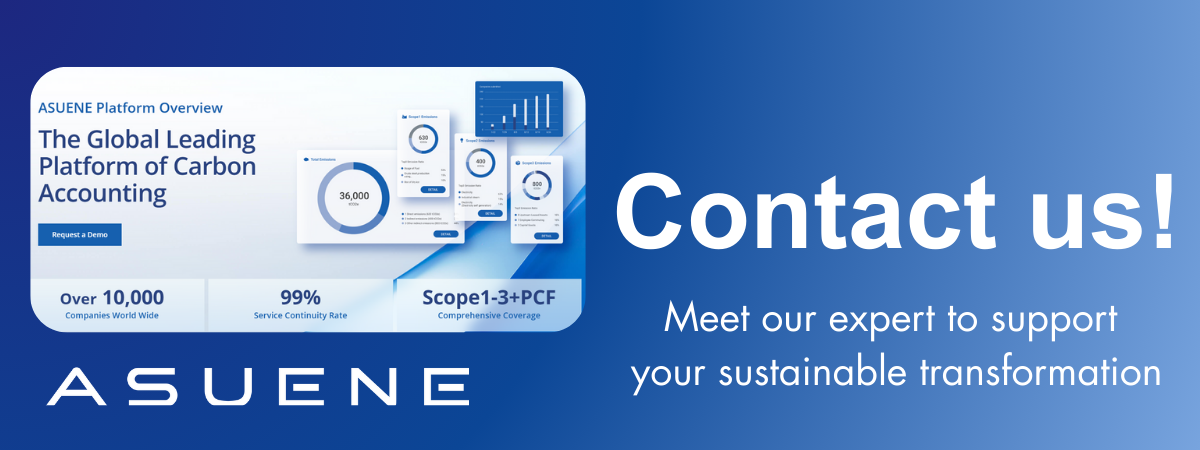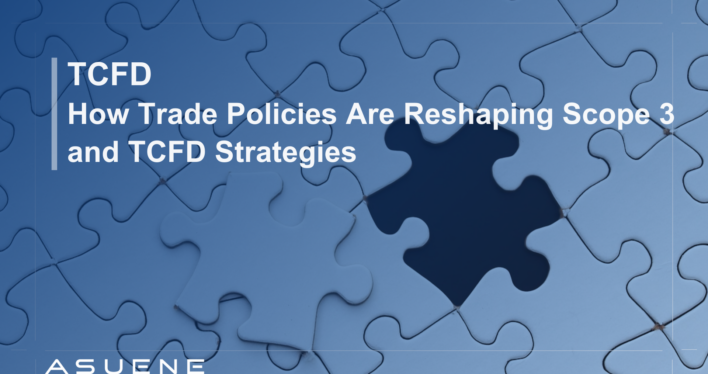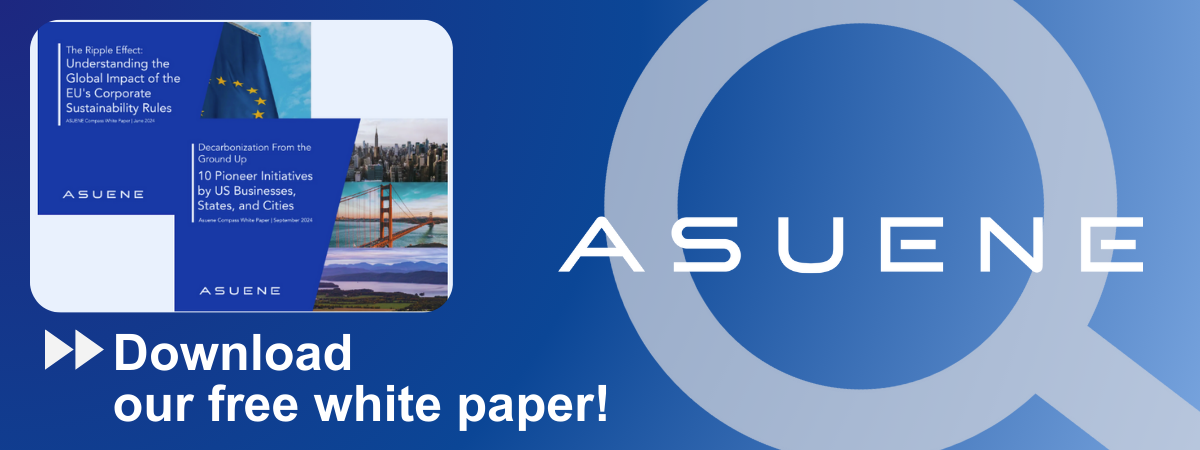- Article Summary
-
The Hidden Climate Cost of Trade Disruptions
In today’s interconnected world, companies are under mounting pressure to decarbonize their operations while managing geopolitical instability. One of the most overlooked challenges in this balancing act is the impact of trade policy—particularly tariffs—on sustainable procurement strategies. As organizations scramble to mitigate cost hikes and supply chain disruptions, many are forced to switch suppliers or relocate manufacturing bases, significantly altering their greenhouse gas (GHG) emissions footprint.
These shifts can have profound implications for Scope 3 emissions, which typically constitute the largest share of a company’s carbon output. Moreover, with the global push toward transparent climate disclosure frameworks like the Task Force on Climate-related Financial Disclosures (TCFD), these supply chain changes are no longer merely operational adjustments—they are strategic climate risks that must be disclosed, measured, and managed. This article explores how companies can realign their procurement functions with their TCFD commitments in the face of evolving trade dynamics.

Rethinking Scope 3: Why Supplier Shifts Matter More Than Ever
Scope 3 emissions, especially those from purchased goods and services (Category 1), are intrinsically linked to procurement decisions. A sudden shift from a supplier in Southeast Asia to one in Eastern Europe, driven by new tariffs or import restrictions, can dramatically alter carbon accounting baselines. In many cases, less carbon-efficient production methods, longer transportation routes, or lack of emissions transparency in the new region can lead to increased Scope 3 emissions.
Consider an electronics manufacturer previously sourcing components from low-emission certified suppliers in Taiwan. Facing steep tariffs, they pivot to alternative suppliers in a less regulated market. The lack of environmental audits, longer shipping routes, and differing energy mixes in production all contribute to higher emissions, undermining corporate decarbonization goals.
To make matters worse, many small or new suppliers lack robust emissions tracking, complicating the company’s ability to estimate and report Scope 3 emissions under the TCFD framework. This increases the risk of incomplete disclosures, reputational damage, or misalignment with science-based targets.
TCFD and Trade Policy: Integrating Supply Risk into Disclosure
The TCFD framework encourages companies to assess how climate-related risks and opportunities may impact their business, especially over the medium and long term. Among the four pillars—Governance, Strategy, Risk Management, and Metrics & Targets—the latter three are especially relevant to trade-induced supply chain shifts.
In the “Strategy” section, companies are expected to describe the climate-related risks and opportunities they have identified and the impact on their businesses, strategy, and financial planning. If a new tariff leads to higher GHG emissions from procurement, it becomes a strategic issue requiring inclusion in this section.
The “Risk Management” pillar mandates that companies disclose how they identify and manage climate-related risks. Trade policy shifts and tariff risks must be integrated into enterprise risk assessments, especially as they can affect carbon-intensive supply chains.
Under “Metrics & Targets,” companies are advised to disclose Scope 1, 2, and 3 emissions and targets. Any fluctuation in Scope 3 due to changes in procurement should be documented, ideally with scenario-based analyses to demonstrate resilience.
Table: TCFD Disclosure Pillars and Trade Policy Impacts
| TCFD Pillar | Relevant Trade Policy Impact |
|---|---|
| Strategy | Relocation of suppliers increases emissions |
| Risk Management | Tariff risks affecting Scope 3 supply chain |
| Metrics & Targets | Changes in emissions data and reduction plans |
Building Resilient & Low-Carbon Supply Chains: Practical Strategies
Companies need to redesign procurement strategies to balance cost, reliability, and carbon impact. Here are practical ways to address trade disruptions while maintaining alignment with TCFD principles:
- Supplier Engagement: Prioritize suppliers that provide emissions data and are open to sustainability audits. Include GHG metrics in RFPs and vendor scorecards.
- Decentralized Sourcing: Diversify suppliers geographically to reduce dependency on single regions vulnerable to trade shocks.
- Scenario Analysis: Use tools like Life Cycle Assessments (LCA), AI-based supply chain modeling, and climate risk simulations to forecast the carbon and cost impacts of supply chain shifts.
- Blockchain Traceability: Implement digital ledger technologies to track and verify emission data across complex supply chains.
- Green Procurement Policies: Develop procurement guidelines that prioritize low-carbon suppliers even under cost pressures.

Comparative Procurement Strategies for Scope 3 Resilience
| Strategy | Emissions Impact | Cost Impact | Resilience Level |
| Single Supplier Shift | High | Low | Low |
| Dual Supplier Network | Medium | Medium | Medium |
| Carbon-Audited Vendors | Low | Medium | High |
| Regional Diversification | Variable | High | High |
Conclusion: Turning Supply Disruption into Climate Leadership
Trade policy and tariff volatility are here to stay. However, instead of viewing these challenges solely as external threats, companies can treat them as catalysts for enhancing the climate resilience of their supply chains. By integrating sustainable procurement practices with the TCFD framework, organizations not only future-proof their operations but also demonstrate climate leadership.
In an era where investors, regulators, and consumers demand transparency and accountability, proactive alignment of procurement with emissions targets is no longer optional—it’s a strategic imperative. The companies that succeed will be those that navigate policy turbulence with agility, data-driven insight, and a long-term commitment to sustainability.
Why Work with ASUENE Inc.?
Asuene is a key player in carbon accounting, offering a comprehensive platform that measures, reduces, and reports emissions, including Scope 1-3, with expertise in decarbonization. Asuene serves over 10,000 clients worldwide, providing an all-in-one solution that integrates GHG accounting, ESG supply chain management, a Carbon Credit exchange platform, and third-party verification.
ASUENE supports companies in achieving net-zero goals through advanced technology, consulting services, and an extensive network.


